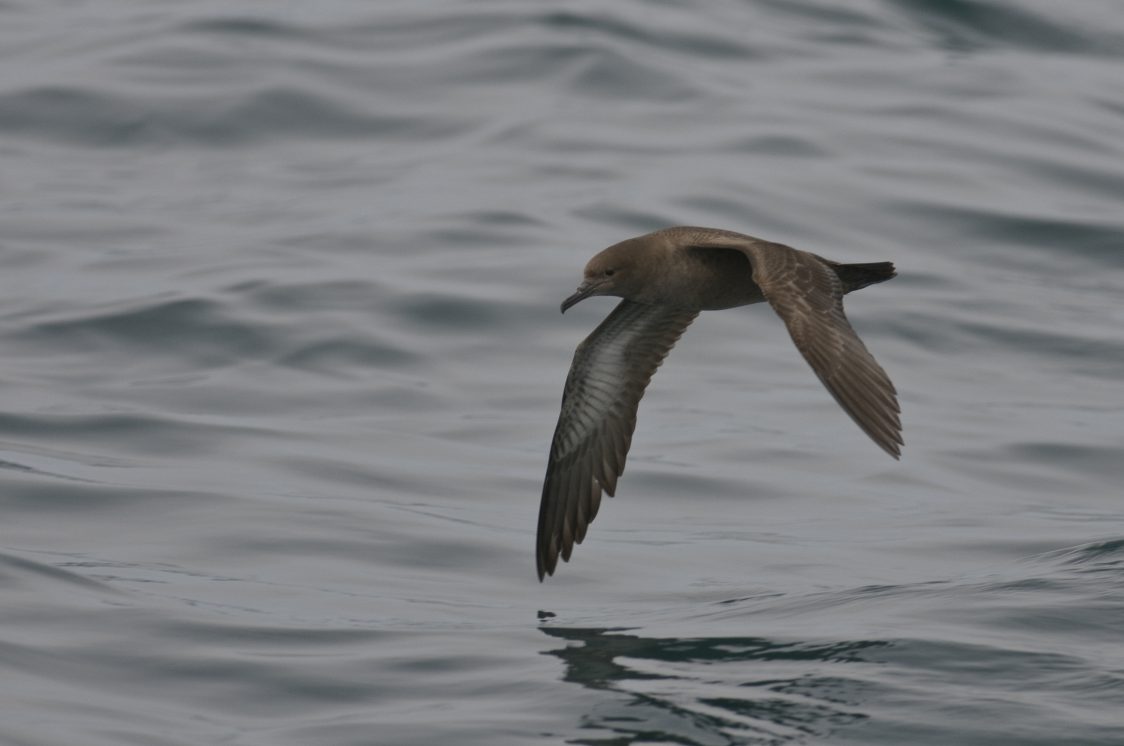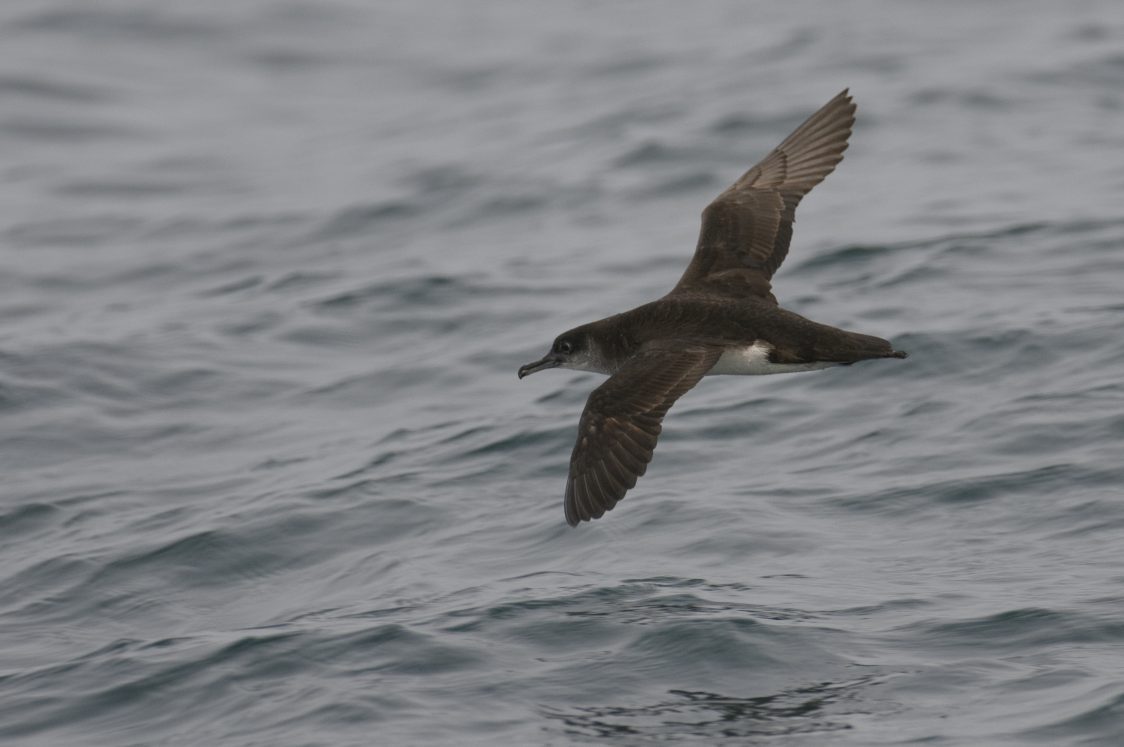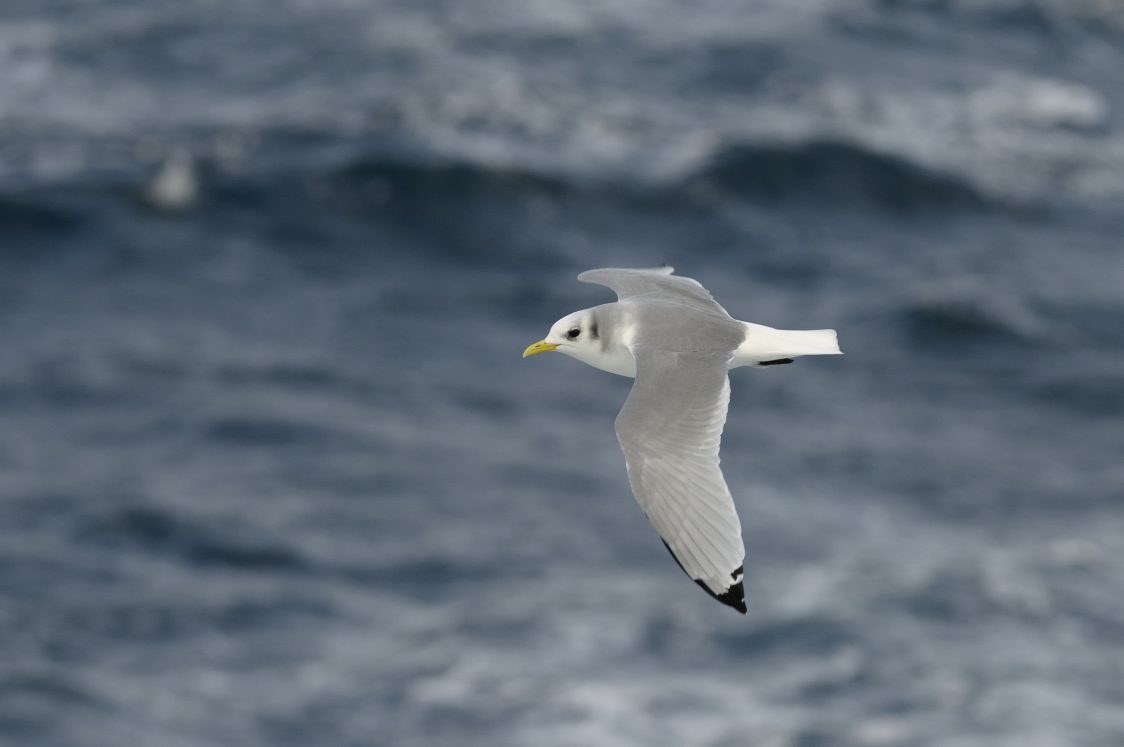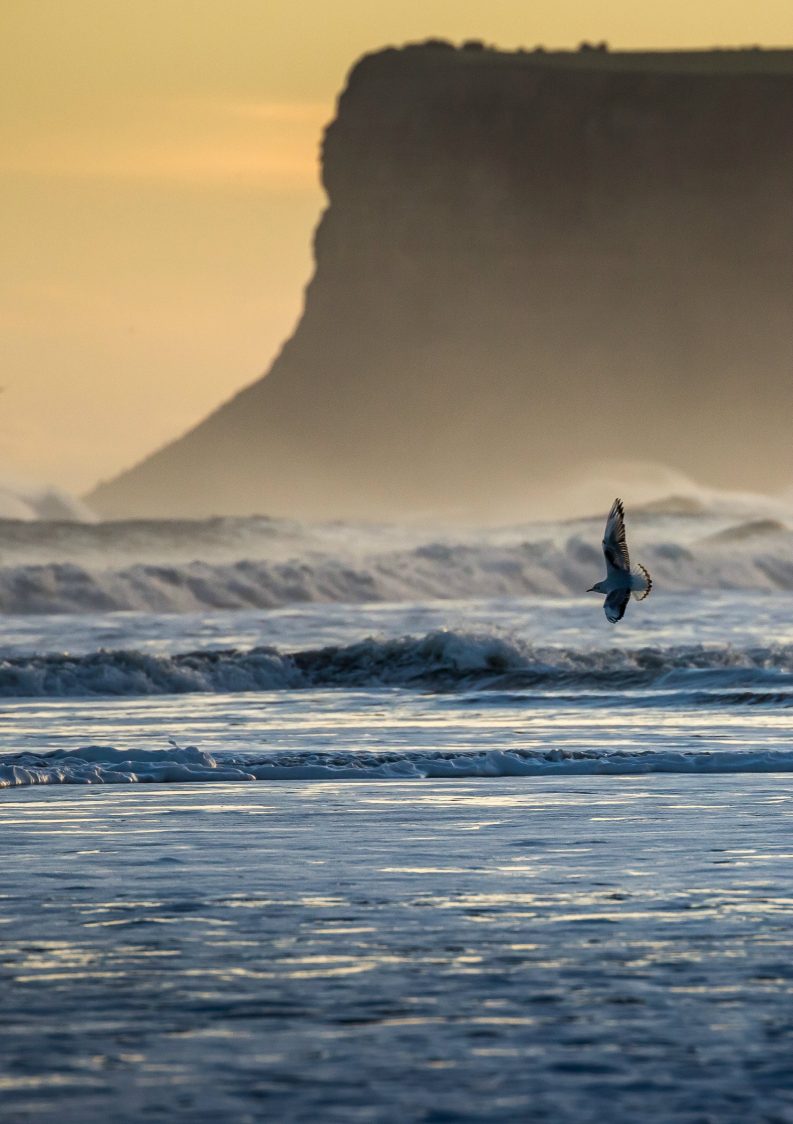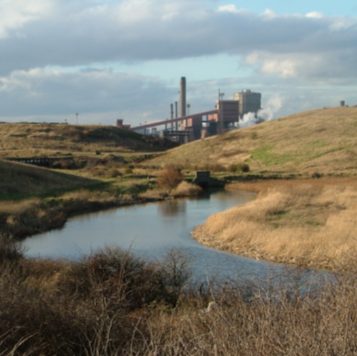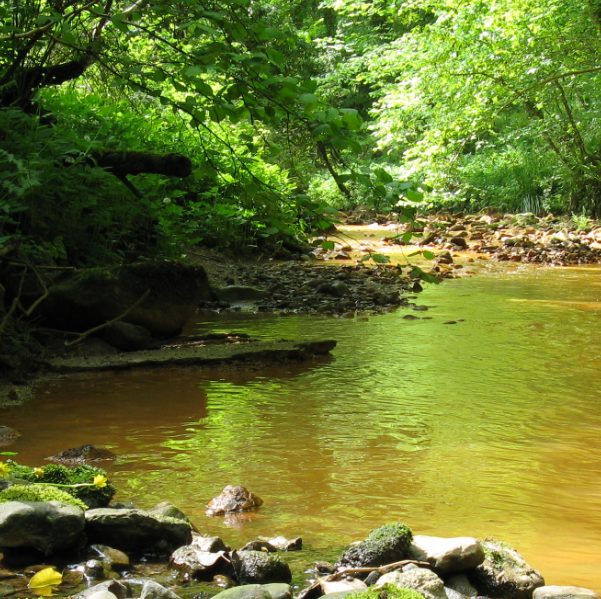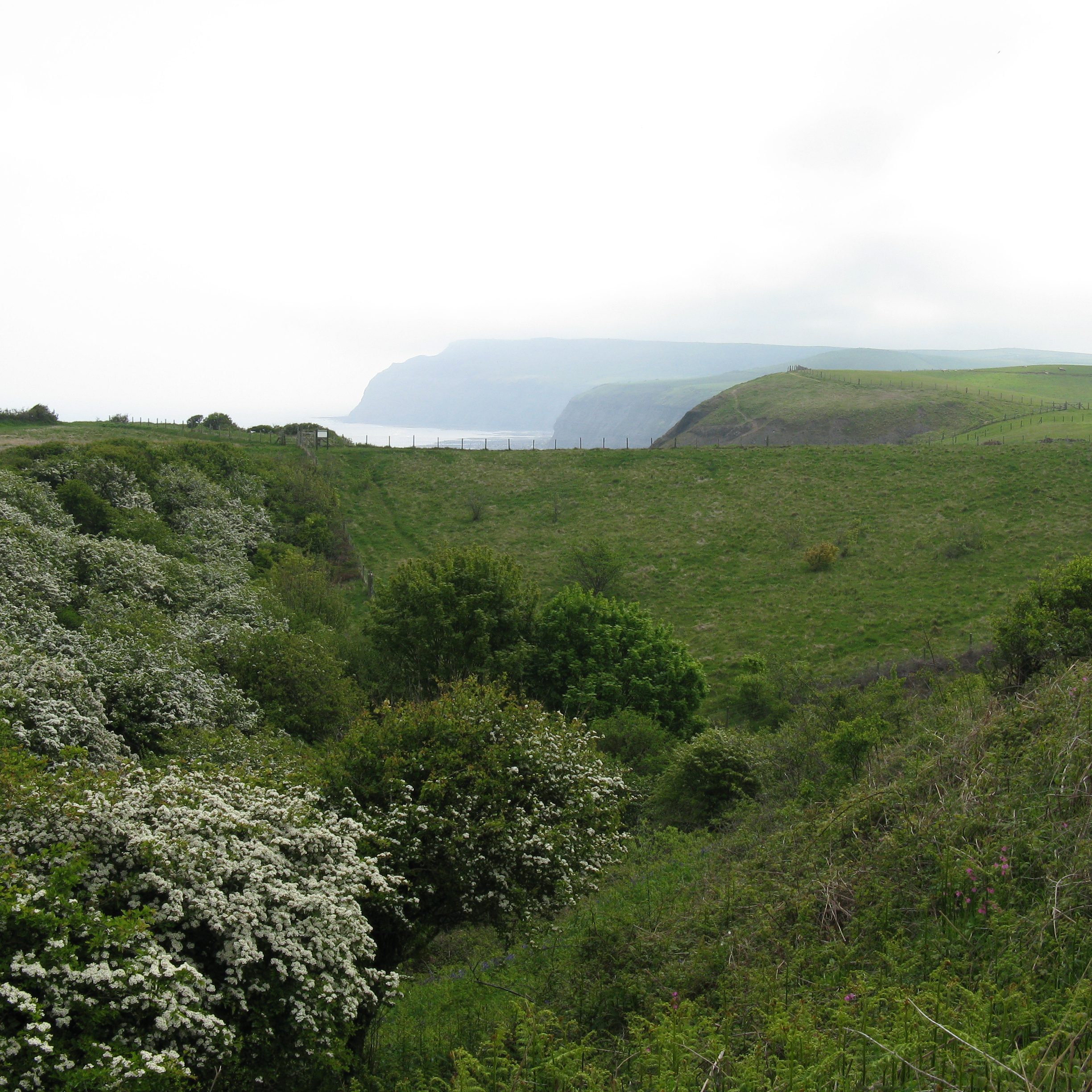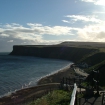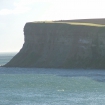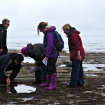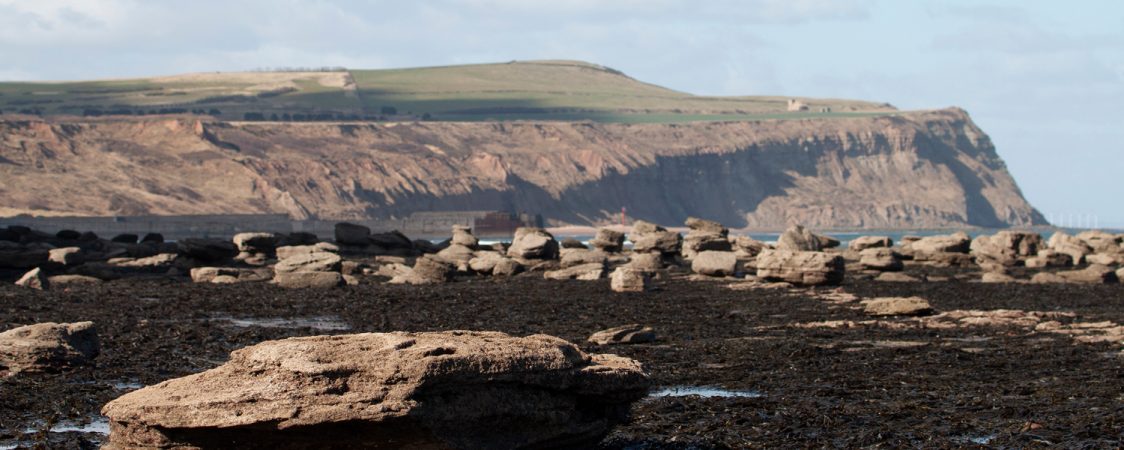
Welcome to Hunt Cliff Nature Reserve
Hunt Cliff in summer is awash with the clamorous calls of kittiwakes. The birds arrive back at the colonies from February, having spent all the winter months at sea, and they stay until August.
Facilities & Accessibility

Parking:
The nearest Pay & Display car park is on Saltburn seafront at Cat Nab. A steep flight of steps, beginning just behind the Ship Inn car park, leads up to the reserve following signs for the Cleveland Way. There is also a steep winding path that avoids the steps but detours slightly before rejoining the Cleveland Way by following the path behind the Coastguard Cottages.

Toilets:
Unfortunately, there are no toilets available on site. There are free toilets in Saltburn by the Cat Nab car park.

Accessibility:
The reserve itself is a maritime cliff edge with sloping grassland and cannot be accessed. However, there are great views from the Cleveland Way coastal path. While there is a steeply sloping path that avoids the steps up onto the headland, there are a number of gates that restrict access. The sloping path up is surfaced, but the coastal path is unsurfaced and uneven. Care should be taken as the coastal path is exposed and occasionally comes close to the cliff edge.

Dog Bins:
There are no dog waste bins on the reserve. KEEP DOGS ON A LEAD – CLEAR UP AFTER YOUR ANIMALS – DON’T DISTURB THE WILDLIFE. Thank you!

Slope
All access from Saltburn seafront is steeply sloping onto the cliff top, but from there, paths are generally fairly level.

Paths
All paths are unsurfaced and undulating. There are no paths through the cliff slope and visitors should remain on the coastal path.
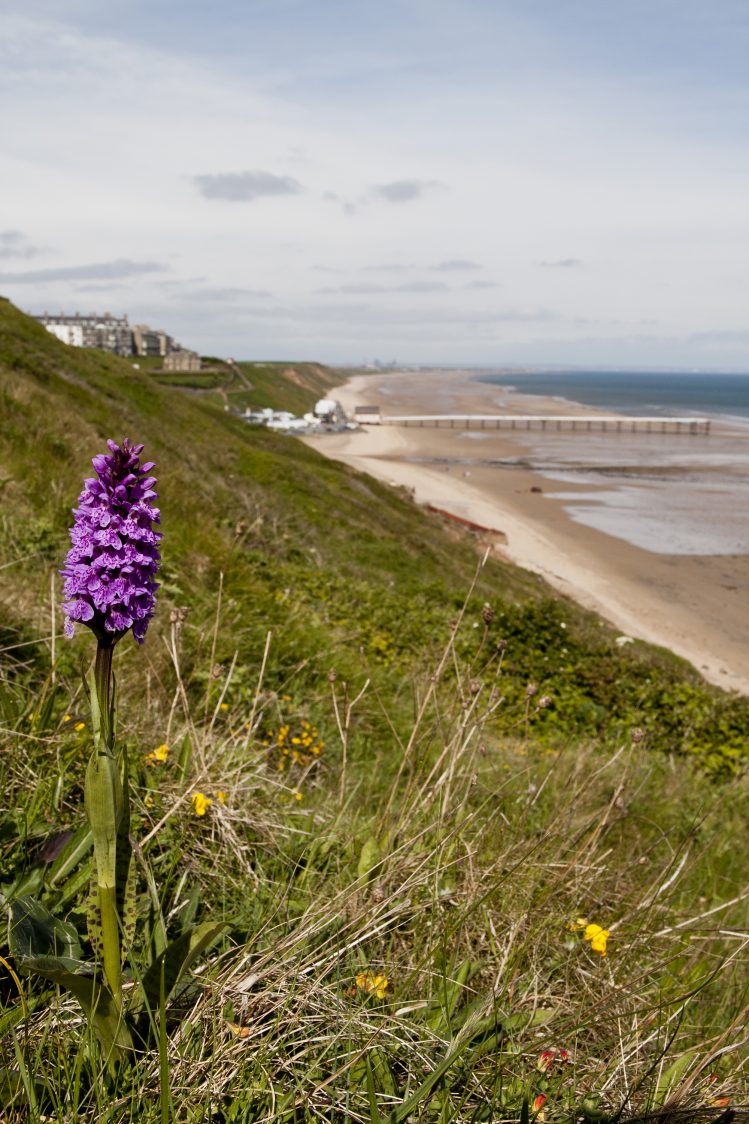
More info
The Hunt Cliff reserve forms part of the cliffs at Saltburn, with Hunt Cliff being among the highest cliffs on the East Coast of England. The cliff face is of regional importance for nesting kittiwakes and other seabirds such as fulmar and cormorant. You can watch sea birds from the beach at Saltburn, or from the cliff top as they soar on thermals or return to their nests with food for their young. Kittiwakes can be distinguished from other gulls by their ‘ink-dipped’ black wing-tips.
The cliffs are also of interest for their house martin colony – a rare example of this bird nesting in its original, natural habitat.
In summer, the cliff top provides a splash of colour as many wildflowers begin to show on the coastal grasslands, including the scarce dyer’s greenweed, three species of orchid, and other plants such as spiny restharrow, sea plantain and wild carrot.
Seawatching in autumn from Hunt Cliff can give sightings of Manx and sooty shearwaters, several of the rarer divers and grebes and plenty of the commoner seabirds, such as gannets, terns and gulls. Grey seal often visit the bay and cetaceans like Harbour porpoise and minke whale have also been recorded.
Nearby Nature Reserves
Gallery
